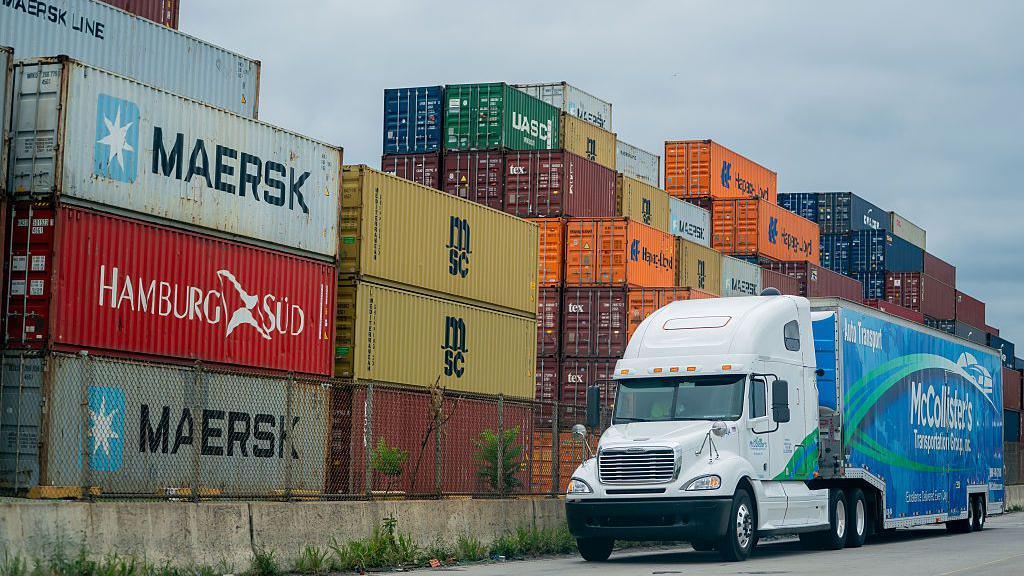U.S. producer prices surged last month at the fastest rate in over three years, driven by rising costs attributed to tariffs implemented under former President Donald Trump.
According to the Labor Department, the Producer Price Index (PPI), which tracks the selling prices received by domestic producers, experienced a significant increase of 0.9% from June to July, a stark contrast to the previous month’s flat performance.
This substantial rise exceeded analysts’ forecasts of 0.2%, leading to concerns that these elevated wholesale prices will soon translate into higher costs for American consumers.
The report has reignited inflation concerns for the coming months, despite recent data indicating that consumer price increases remained steady at 2.7% in July.
Since President Trump introduced new levies on a wide range of imported goods, the average effective tariff rate in the U.S. has climbed substantially.
The former President argued that these tariffs, essentially taxes on imports, would generate revenue for the government and provide a competitive advantage for U.S. manufacturers.
However, economists have cautioned that expanding domestic production would be both costly and challenging, with the primary effect of these tariffs being increased expenses for businesses and consumers.
Analysts suggest that these mounting inflationary pressures could further complicate calls for the Federal Reserve to lower interest rates, a move repeatedly urged by President Trump.
The Federal Reserve maintains its policy independence from the White House and has refrained from implementing rate cuts this year. Concerns persist that reducing rates while tariffs are expected to drive up prices could risk reigniting inflation.
However, weaker-than-expected job growth figures, coupled with subdued inflation, had been placing increasing pressure on the central bank to stimulate the economy by lowering borrowing costs.
Former Treasury Secretary Steven Mnuchin previously urged the Federal Reserve to cut its key lending rate by half a percentage point at its next meeting in September.
“The large upside surprise in producer prices highlights the dilemma the Federal Reserve faces,” noted Matthew Martin, senior U.S. economist at Oxford Economics.
“The big picture remains that inflation is further away from the Fed’s target than the unemployment rate and is likely to climb further over the coming months.”
The 0.9% month-over-month increase in U.S. producer inflation marks the most significant rise since June 2022, coinciding with the peak of post-pandemic inflation in the United States.
Wholesale prices for services, encompassing sectors like warehousing and investment advice, rose by 1.1%.
Concurrently, wholesale prices for goods increased by 0.7% from June to July, with higher food prices accounting for nearly half of this increase, according to the report.
Prices for categories heavily impacted by tariffs, such as home furniture and apparel, also saw increases.
“New tariffs are continuing to generate cost pressures in the supply chain, which consumers will shoulder soon,” Samuel Tombs, chief U.S. economist at Pantheon Macroeconomics, stated following the report’s release.
Depending on the timeframe you look at, the GDP figures can be seen as glass half full or half empty.
UK Inflation has fallen from record highs but remains above the Bank of England’s 2% target.
The strength of the economy affects things like pay rises and how much tax the government can raise to pay for services.
One food bank said demand had quadrupled since 2016 but food and financial donations had decreased
US Treasury chief says Washington could increase secondary tariffs on India if talks don’t go well in Alaska.

